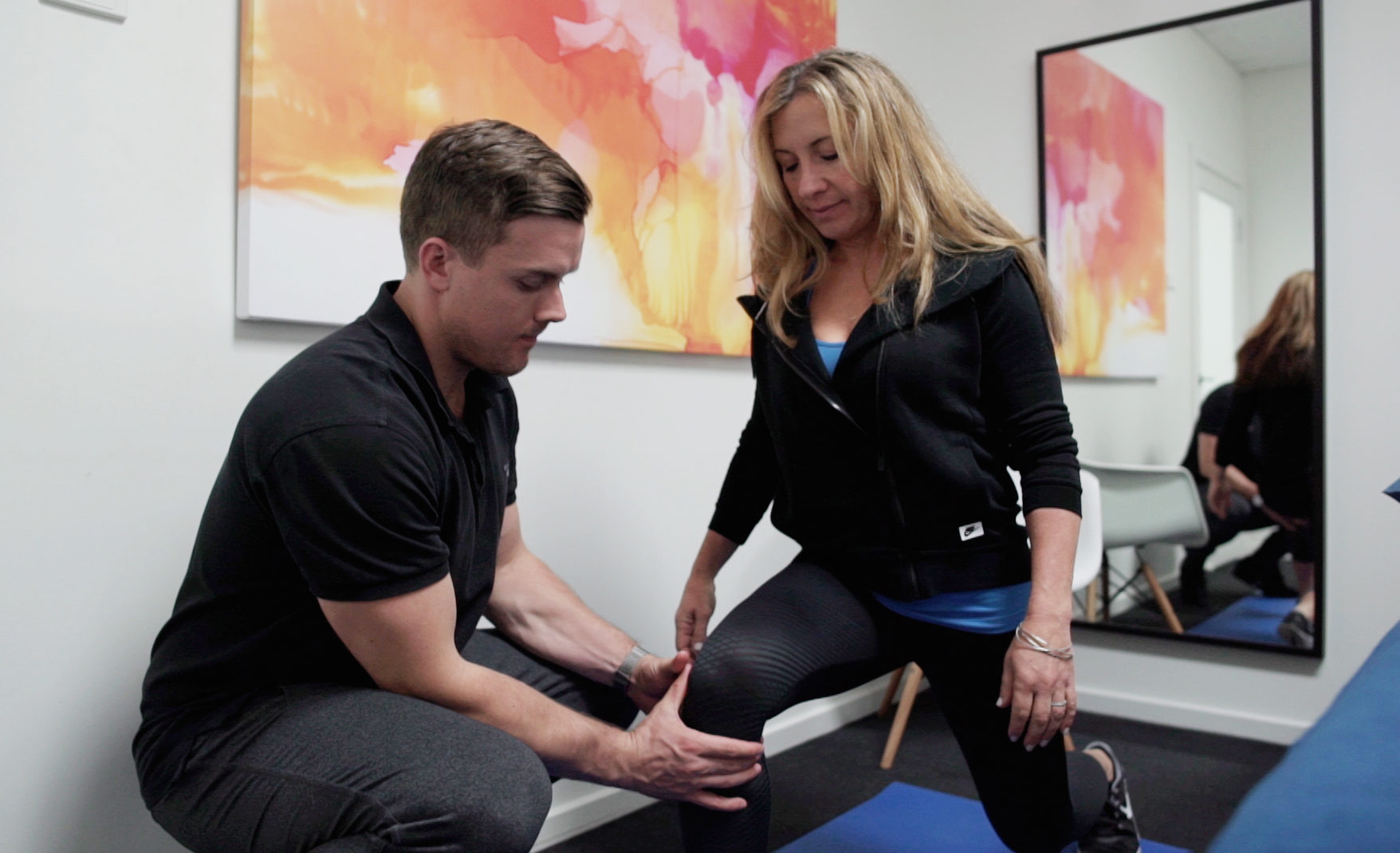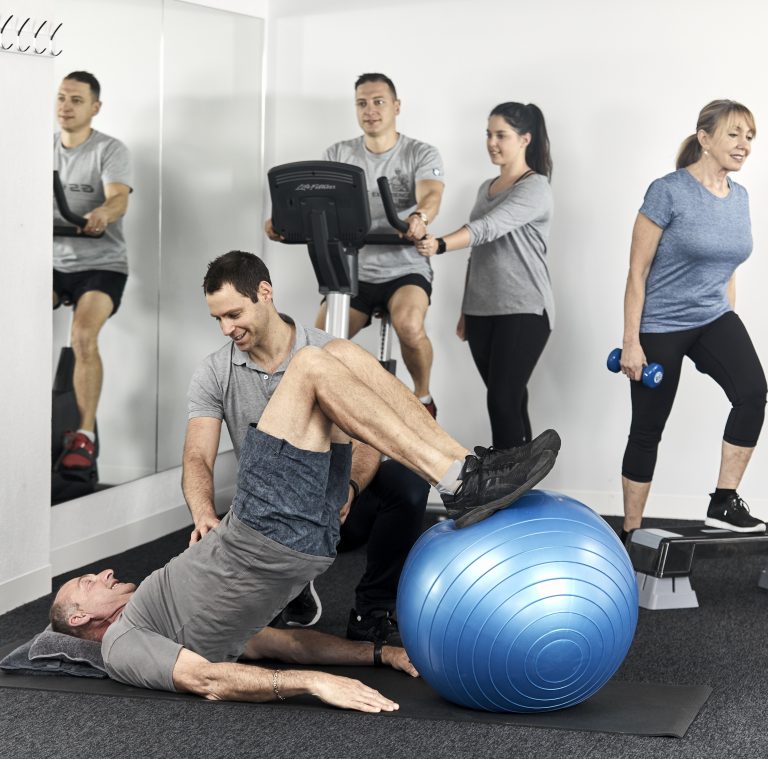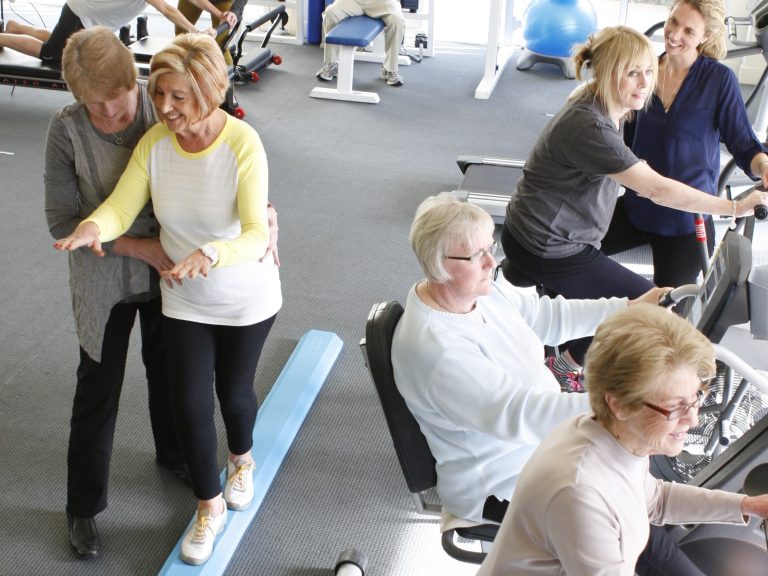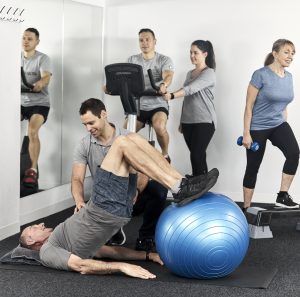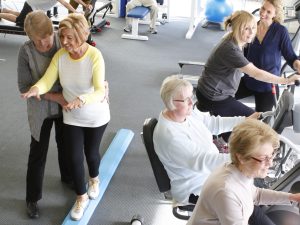ACL Injury and Rehabilitation – A ‘Crucial’ Lesson
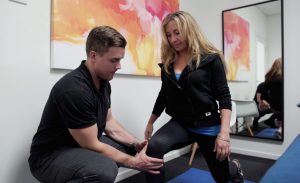 Unfortunately, the dreaded ‘ACL’ injury has become an infamous knee injury for all types of athletes. ACL injuries seem to be so well known within the sporting community for three reasons: 1. High incidence of injury 2. Lengthy and arduous rehab time, and 3. High likelihood of reinjury/recurrence. In Australia alone, there was a 147% increase in the incidence of paediatric ACL injuries between 2005-2015 (Shaw & Finch 2017). In addition, an American study found that young athletes aged under 25yrs who return back to high-risk cutting/pivoting sports have 30-40x greater risk of sustaining a second ACL injury (Wiggins et al., 2016)
Unfortunately, the dreaded ‘ACL’ injury has become an infamous knee injury for all types of athletes. ACL injuries seem to be so well known within the sporting community for three reasons: 1. High incidence of injury 2. Lengthy and arduous rehab time, and 3. High likelihood of reinjury/recurrence. In Australia alone, there was a 147% increase in the incidence of paediatric ACL injuries between 2005-2015 (Shaw & Finch 2017). In addition, an American study found that young athletes aged under 25yrs who return back to high-risk cutting/pivoting sports have 30-40x greater risk of sustaining a second ACL injury (Wiggins et al., 2016)
The good news is, for what was once seen as a ‘career ending’ injury, there is now a wealth of evidence for the best ways to rehab an ACL injury AND prevent its recurrence. As a physio who has had her own share of ACL warrior stories, I like to see each ACL rehab as an opportunity. An opportunity to make the athlete stronger, fitter, mentally agile and even more gratuitous for the opportunity to be able to run and play sport.
This blog post aims to highlight some of the key factors for a successful ACL rehab and some personal tips for staying motivated during the lengthy rehab process.
What is an ACL injury?
The Anterior Cruciate Ligament, or ACL for short, is one of the four major ligaments which help to control and stabilise the knee. The ACL specifically is responsible for controlling forward and rotational movement of the lower leg, important for running, change of direction, jumping and landing.
The ACL is injured when the ligament is stretched or torn due to unexpected strain, often occurring during twisting, un-anticipated movements, landings and/or contact from another person. ACL ligament tears can be a partial or complete, depending on the severity of the injury. A tear in the ACL is likely to result in a loss of structural integrity in the knee, and result in instability. The amount of instability is different from person to person, and is affected by factors such as body composition, muscle strength and the integrity of surrounding ligaments.
Surgical Vs Non-surgical management
Following ACL injury, you may benefit from surgery to repair the ligament, however this is not the case for everyone. This decision is made in conjunction with the orthopaedic surgeon and physiotherapist. Not all ACL injuries require surgical repair, and in some cases people can return to their full function without requiring surgery.
Factors to consider include the amount of structural integrity remaining in the torn ligament (i.e. is it a complete or partial tear), con-current injuries to the knee, the level of activity to which the patient would like to return and the social situation of the patient.
A 2017 Danish study compared the long-term results of ACL reconstructed patients versus those who had chosen not to undergo surgery. The study found that there was no significant difference between groups from baseline to 5 year for self-reported outcomes (including pain), level of activity or radiographic levels of osteoarthritis (Frobell et al., 2017). However, more research is required in the high level athletic population as well as more detailed studies to better determine who may be a ‘coper’ versus a ‘non-coper’ with an ACL tear.
The decision whether or not to have surgery can seem overwhelming, but the important thing to know is that there is a choice, and you can have a successful outcome either way. Even if you decide not to have surgery right away, the early rehabilitation period (or prehab) is often the same in both cases, and you can always decide to take a surgical route down the road.
Regardless, it is important to speak to your surgeon and physiotherapist about your options to weigh up the best scenario for you.
Rehab after surgery
It is well known that rehab from ACL surgery usually takes at least 12 months before the patient can return to high level sport. This is largely due to the amount of time it takes for the reconstructed ligament to heal and become functional within the knee, but it also takes a large amount of time to rebuild strength, endurance, control and confidence within the operated leg. For anyone, that is a long time to be in ‘rehab’, so it is important to understand the ‘ACL rehab milestones’ and what there is to look forward to along the way.
Platinum Physio split rehab into 6 phases:
Phase 1: Immediate post-op phase
- You’ve just come home from surgery, and let’s be honest, the first goal is to feel awake again! After that, the main aims of this stage are to switch on the muscles, restore range of motion, reduce swelling and tolerate walking without crutches
Phase 2: Strength and neuromuscular control
- It’s time to build up some serious strength. In this phase, rehab is mainly gym-based and the main goals are to build up strength in all muscle groups surrounding the knee as well as to regain confidence in the operated leg. Strength training will be complemented with some balance training as well as lots of stretching and ‘nursing’ of what can be a sore joint.
Phase 3: Return to running (no less than 3 months post surgery)
- Whilst we are not quite the entire way there yet in regards to strength, in this phase the athlete should have sufficient muscle bulk to tolerate low level running and impact work. In addition, it’s time to build up some fitness, so a return to running program may be complemented by some additional bike or swimming training. But don’t forget, there is still plenty of work to be done in the gym before progressing to the next phase of rehab, and your strength program continuing on from Phase 2 is still the most important part of phase 3.
Phase 4: Return to low level plyometrics and change of direction
- In this phase, the athlete can now tolerate higher doses of running and impact, they are stronger than what they were before surgery and are ready to take on some change of direction work. This is arguably the most exciting phase of rehab and where we get the cones and hurdles out to show off your skills. But like any phase, we will start slow, and it can take weeks to months to feel ready to transition to the final stage of rehab.
Phase 5: Return to sports specific training and plyometrics (no less than 9-12 months post surgery)
- This phase is pretty self explanatory. You have done the hard work, now it is time to reap the rewards. But, of course, the work is not all done yet. And returning to sport is also a slow and gradual process where we start with low level training exercises before returning to a game like scenario.
Undoubtedly, there is a huge amount of work that is required for successful ACL rehabilitation. In the immediate post-op phase, this means doing a lot of low level exercises frequently (e.g. 3 x per day). In phases 2-5, this requires 2-3 x per week of serious strength training, plus or minus some other ‘touch-up’ or fitness exercises throughout the week. Group sessions can help with the motivational aspect of maintaining intensity throughout our rehab
Rehab is criteria based – not time based. What this means is that whilst there is generally a ‘minimum’ amount of time before certain milestones can be achieved, rehab progression is based on your ability to do certain tasks, not by the amount of time that has passed, and this can take different times for different people. At Platinum Physio, we conduct specific ‘milestone assessment’ sessions for our athletes so that the decision to transition to the next phase of rehab is completely objective and takes into consideration all facets of rehabilitation.
It is tempting to compare your own ACL timeline to that of your counterpart next to you. But as a wise person used to remind me – everyone’s rehab is normal, it’s just different !
The mental side of rehab
So the above paints the tough reality of what a successful ACL rehab requires – that is, a lot of hard work. Arguably the hardest challenges to deal with are related to the mental side of rehab. When someone is asked to rehab almost daily for up to a 12 month period, there are bound to be peaks and troughs in motivation along the way. I have 2 pieces of advice for managing the low periods:
- Don’t let perfection be the enemy of good
This quote is particularly useful for patients with an ‘all or nothing’ attitude towards rehab. People tend to put so much energy and motivation into their training (which is awesome), but on those days when we don’t feel 100%, or the knee is a bit swollen or painful, our inner perfectionist may prefer to do nothing than only a portion of our program at a lower intensity. Physiologically, our knee responds well to movement and the majority of the time it is better to do a little bit of something than nothing at all.
- Be kind to yourself
In saying the above, it is absolutely normal to not feel motivated to rehab one week, or to be upset at your progress or held down by the pain you are experiencing. So if it’s normal, why be hard or angry at yourself? Be kind, take a rest and come back stronger next week. And if you need more than a week, that’s okay too.
Platinum Physio’s ACL Program
Platinum Physio have now put together our own ACL rehab program using the latest and best research from around Australia and the world. Our physios absolutely love helping their patients return to the sports and activities that they are most passionate about, and will work in close communication with your specialist to ensure that you are receiving the best possible care.
Platinum’s ACL rehab program combines the benefits of 1 on 1 physio with the social and physical benefits of group rehabilitation. Once the patient has achieved the first post-operative (or non-operative) milestones of being able to bend and straighten their leg fully, they are able to be transitioned into group rehab classes where they can push themselves to their limits under the watchful eye of our trained physios. These classes ensure that rehab is being performed correctly, safely and with the added benefit of sharing the journey with someone who is going through the same process as yourself. In addition, those who have attended group sessions will receive discounted ‘milestone assessments’ to objectively determine whether or not the patient is ready to transition to the next phase of rehab.
Want to join or learn more about our ACL rehab program? Feel free to call us on 8554 0111 and speak to one of our friendly staff members today.
References
Filbay SR, Roos EM, Frobell RB, et alDelaying ACL reconstruction and treating with exercise therapy alone may alter prognostic factors for 5-year outcome: an exploratory analysis of the KANON trialBritish Journal of Sports Medicine 2017;51:1622-1629.
Shaw L, Finch CF. Trends in Pediatric and Adolescent Anterior Cruciate Ligament Injuries in Victoria, Australia 2005-2015. Int J Environ Res Public Health. 2017;14(6):599. Published 2017 Jun 5. doi:10.3390/ijerph14060599
Wiggins AJ, Grandhi RK, Schneider DK, Stanfield D, Webster KE, Myer GD. Risk of Secondary Injury in Younger Athletes After Anterior Cruciate Ligament Reconstruction: A Systematic Review and Meta-analysis. Am J Sports Med. 2016;44(7):1861-1876.

